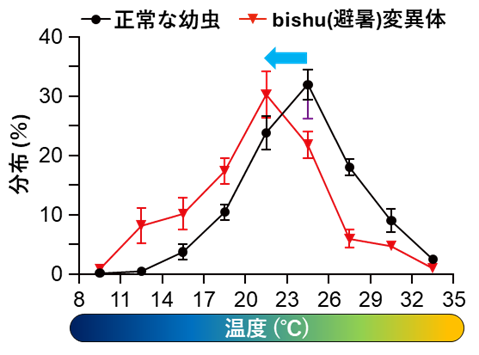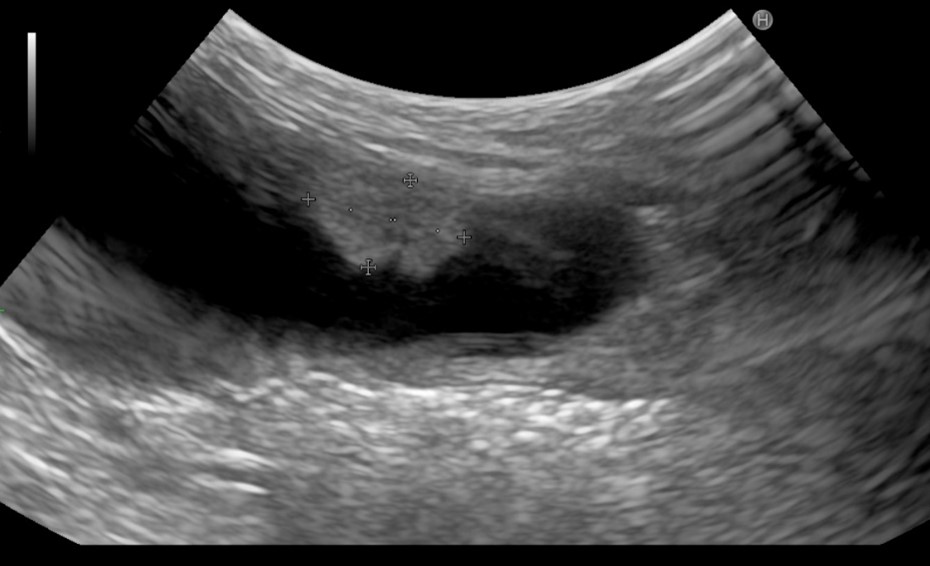2025-05-29 生理学研究所

図1 bishu(避暑)遺伝子が働かないと、温度感覚に異常が生じる
(左)正常な幼虫を8℃から35℃の温度勾配をつけたプレート上に離すと24℃を中心に分布します。しかし、bishu遺伝子が機能しない変異体の幼虫は全体的な分布が涼しい温度の方(青矢印)にシフトしました。
<関連情報>
- https://www.nips.ac.jp/release/2025/05/post_556.html
- https://www.nature.com/articles/s42003-025-08154-0
モノアシルグリセロールアシルトランスフェラーゼはショウジョウバエの低温感知と回避のためにイオノトロピック受容体の発現を維持する Monoacylglycerol acyltransferase maintains ionotropic receptor expression for cool temperature sensing and avoidance in Drosophila
Xiangmei Deng,Takuto Suito,Makoto Tominaga & Takaaki Sokabe
Communications Biolgy Published:29 May 2025
DOI:https://doi.org/10.1038/s42003-025-08154-0
Abstract
Sensory inputs of temperature dynamics in the environment are essential for appropriate physiological outputs. The responsiveness of sensory neurons is maintained by functional thermosensor expression. However, the mechanism by which their expression is regulated is unclear. In this study, we identify a monoacylglycerol acyltransferase-coding gene named bishu-1 that contributes to maintaining the responsiveness of cool temperature sensing neurons in Drosophila. bishu-1 mutation leads to abnormal thermal avoidance in a cool temperature range. Cooling-induced responses in dorsal organ cool cells are weakened by the absence of bishu-1, and this is associated with reduced transcription of the ionotropic receptors IR25a and IR21a and a transcription factor broad. Our findings unveil a novel link between lipid metabolism and thermosensor function, thus providing new insights into mechanisms underlying the appropriate maintenance of sensory inputs.


